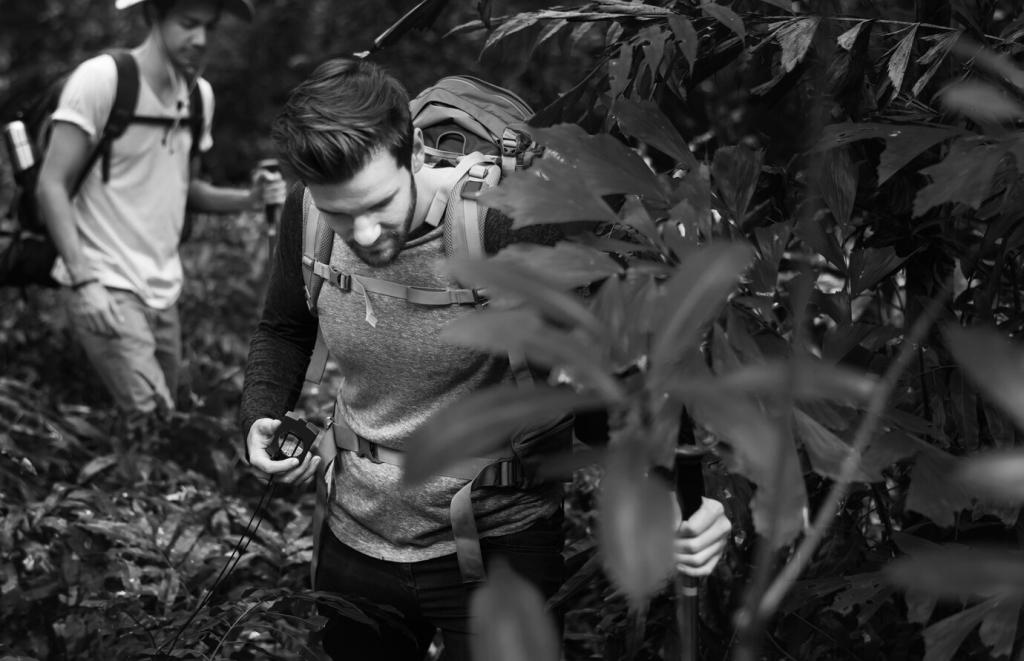
Innovative Biophilic Design Projects Across the Globe
Biophilic design represents a revolutionary movement in architecture and interior planning, emphasizing the human connection to nature within built environments. By integrating natural elements and processes, these innovative projects offer more than aesthetic appeal—they actively enhance well-being, boost air quality, and promote sustainability. Around the globe, architects and designers are pushing boundaries to create spaces that respond to local climates and cultures while offering refuge and inspiration for their inhabitants. This web page explores how biophilic design is manifesting in groundbreaking projects worldwide, examining key examples, their influence on communities, and the technologies driving their evolution.
Urban Oasis: Biophilic Design in Megacities
01
Bosco Verticale—or Vertical Forest—stands as a modern icon in Milan’s skyline, redefining high-rise living by enveloping residential towers in lush greenery. Each balcony supports a diverse array of plants and trees, resulting in improved local air quality and providing habitats for birds and insects. Residents benefit from shade, privacy, and a daily dose of nature, even from the heights of urban living. The building exemplifies how vertical spaces in crowded cities can become micro-ecosystems, contributing to Milan’s goal of reducing air pollution and enhancing urban biodiversity. Bosco Verticale’s success has inspired similar projects worldwide, earning it a reputation as a pioneering example of innovative biophilic urban architecture.
02
Singapore’s Gardens by the Bay is an immense horticultural attraction embodying the nation’s vision of a City in a Garden. The project integrates futuristic architecture with rich biodiversity; its Supertree Grove, OCBC Skyway, and cooled conservatories are not merely tourist draws but also serve environmental purposes. These biophilic elements moderate urban heat, manage stormwater, and foster community interaction within nature-filled settings. The Gardens offer a living laboratory for sustainability, education, and public well-being, cementing Singapore’s role as a global leader in urban green innovation.
03
Transforming an abandoned elevated freight line into a thriving public park, the High Line demonstrates how biophilic design enhances urban life. Native plants take root among concrete pathways, providing seasons of color against Manhattan’s dramatic cityscape. More than just beautifying a derelict space, the High Line has spurred neighborhood regeneration, increased surrounding property values, and fostered community engagement. By incorporating local flora, art installations, and adaptive reuse, the park exemplifies how urban infrastructure can reconnect people to natural cycles and become a template for city revitalization projects around the world.
Corporate Spaces Reimagined
01
Amazon Spheres in Seattle
The Amazon Spheres blend cutting-edge architecture with immersive botanical experiences right in the heart of Seattle’s urban core. Designed as a workspace and communal hub, the Spheres are home to over 40,000 plants from across the globe, bathing employees and visitors in lush, oxygen-rich surroundings. Transparent glass panels maximize sunlight, while creative pathways and seating nooks encourage collaboration and relaxation. Beyond wellness, the project symbolizes Amazon’s commitment to innovation and environmental stewardship—a prime example of biophilic design making a tangible difference in daily corporate life.
02
Green Wall at CaixaForum Madrid
The CaixaForum’s lush vertical garden has transformed the façade of this cultural center into a living artwork, demonstrating Spanish innovation in biophilic design. Featuring thousands of plant species, the wall insulates the building, improves air quality, and cools the local microclimate. Indoors, the building integrates daylight and nature-inspired motifs, creating an inviting and tranquil setting for visitors and employees. The project highlights how even existing structures can be elegantly retrofitted with biophilic elements, offering new life and ecological benefits to corporate and public spaces alike.
03
Apple Park in Cupertino
Apple Park’s design philosophy centers on integration with its Californian landscape, offering sweeping views of manicured meadows, drought-resistant flora, and over 9,000 trees. Workspaces receive abundant natural light and access to garden courtyards, encouraging outdoor meetings and movement throughout the day. The circular campus blurs the boundaries between inside and out, furthered by ventilation systems and the use of organic materials. Apple’s headquarters set a new standard in sustainable biophilic corporate design, shaping how technology companies incorporate health, ecology, and innovation into their environments.
Healing Nature: Biophilic Design in Healthcare Settings
Khoo Teck Puat Hospital exemplifies biophilic design as a catalyst for health and healing. Surrounded by a network of gardens, ponds, and green roofs, the facility integrates nature into every facet of the patient experience. Window views are filled with verdant foliage, while internal courtyards and walkways encourage exposure to sunlight and fresh air. Research conducted at the hospital corroborates faster recovery times and improved patient morale thanks to these features. The hospital’s success has earned it accolades and established new benchmarks for healthcare design throughout Asia and the world.

